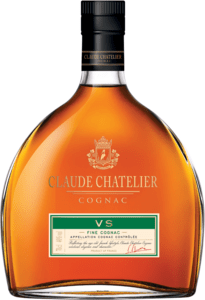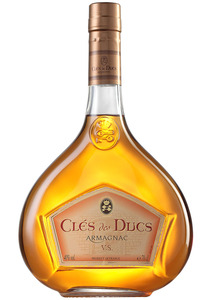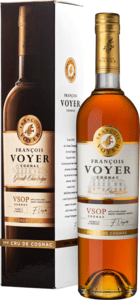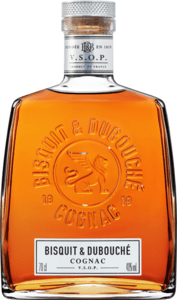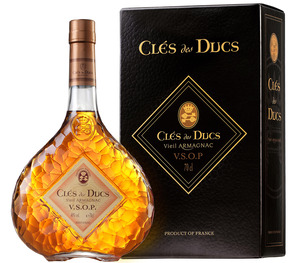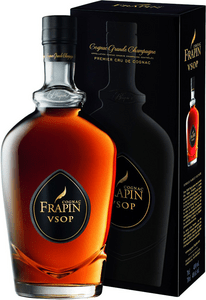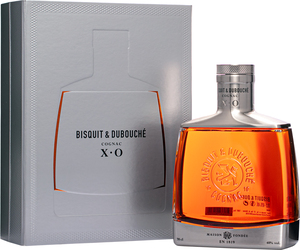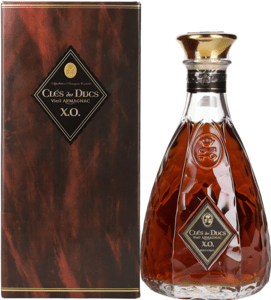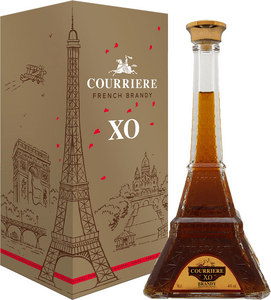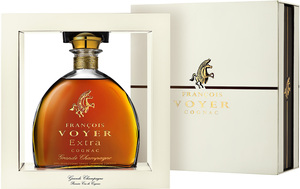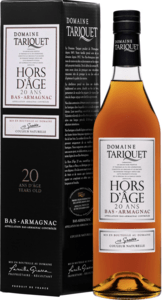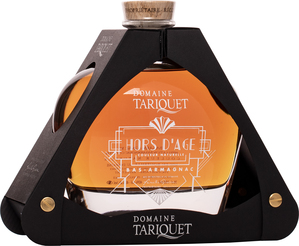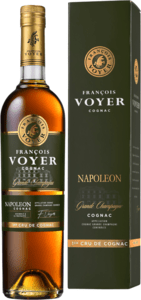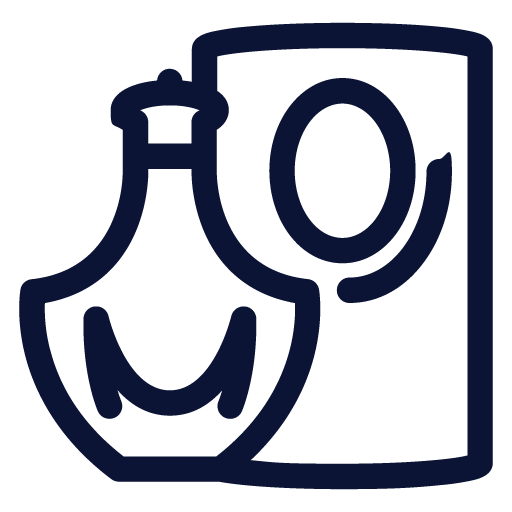How to choose Cognac?
Choosing the right cognac is truly an art. But we can help you with that. Join us for a brief history of the creation of this exclusive drink!
Cognac (French: Cognac) is a distilled alcoholic beverage produced in the Cognac region of France, in a large part of the Charente and Charente-Maritime department, respecting the regulations and standards of production since the authorization to use the name - Cognac.


Cognac was officially launched in 1938 in the Cognac region of France, distilled from grapes and then aged in barrels for various periods.

The Cognac appellation is established by decree of 1 May 1909, including the characteristics of the soils laid down by the geologist Henri Coquand in 1860. Since 1938, it has been permitted to blend grapes in the production of wine for Cognac from these regions, the order of the list being governed by the quality level of the varieties:
- Grande Champagne, the 1st cognac region, from which the distillates are of the finest quality
- Petite Champagne, a high quality area
- Borderies, a region where the maturation of the spirit is faster than in Petite Champagne
- Fins Bois, the largest production zone
- Bons Bois, which has the characteristic bouquet of the soil of the area
- Bois Ordinaires, the maturation of the distillate is rapid and the groundwater is oceanic
The geographical definition of these different areas provides an assessment of the terroirs in terms of soil qualities and climate.
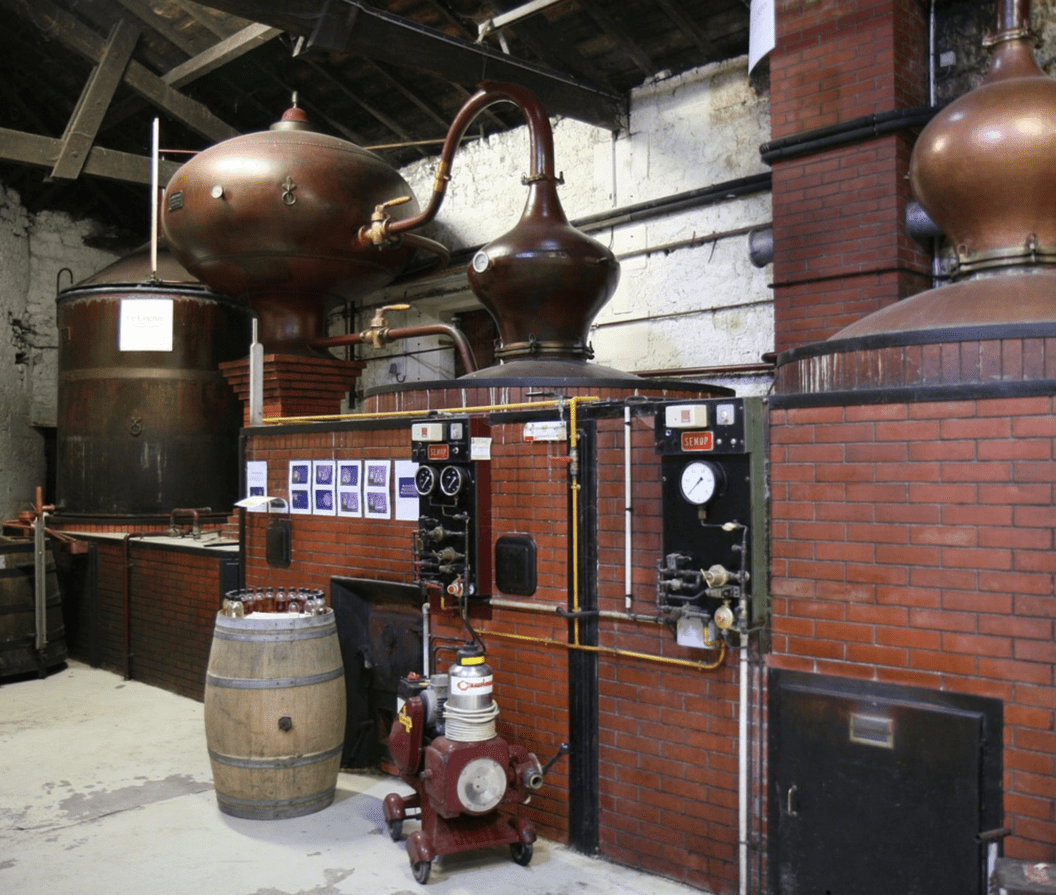
Double distillation allows the production of fine quality alcohol. The distillation is carried out twice (double heating) in a copper still called the Charente Alambic, the maximum wine content of which is set by regulation.
The first distillation - warming - produces a product with 30 % alcohol. This is followed by a second distillation of this product. The specialist distiller separates the stages of distillation on the basis of measurements of the degree of alcohol, sensory perception and his knowledge: the heads - the first condensate, the tails - the last condensate, and the middle of the distillation.
The liquid product, the centre or heart of the distillation, has a high degree of alcohol (68 % to 72 %) and is not edible. The distillate is bottled in new oak casks, in which it must age for at least two years. After about three quarters of a year, however, it is transferred to older casks in which other vintages have matured. The longer the cognac has matured in the new casks, the longer it must mature in the older casks. Before marketing, the spirit is diluted with distilled or demineralised water to 40 % product.


Cognacs are designated by letters or names according to the age of the blend and according to the youngest spirit in the blend. In 1865, Maurice Hennessy drew up an official scale which is still in use today:
- V.S. - Very Spéciale
- V.S.O.P. - Very Superior Old Pale
- X.O. - Extra Old
- Exclusive cognacs, vintage
A blend of cognacs, the youngest of which is at least 2 years old.
A blend of cognacs, the youngest of which is at least 4 years old.
A blend of cognacs, the youngest of which is at least 10 years old.
However, producers use significantly older types of cognac than the minimum required and therefore distinguish the cognacs by additional names:
Napoleon - ranks between VSOP and XO cognacs
Extra - ranks above XO cognacs
Hors d'Age - refers to high quality cognacs that are up to 100 years old
Vintage - vintage cognacs, the blend is from one year



